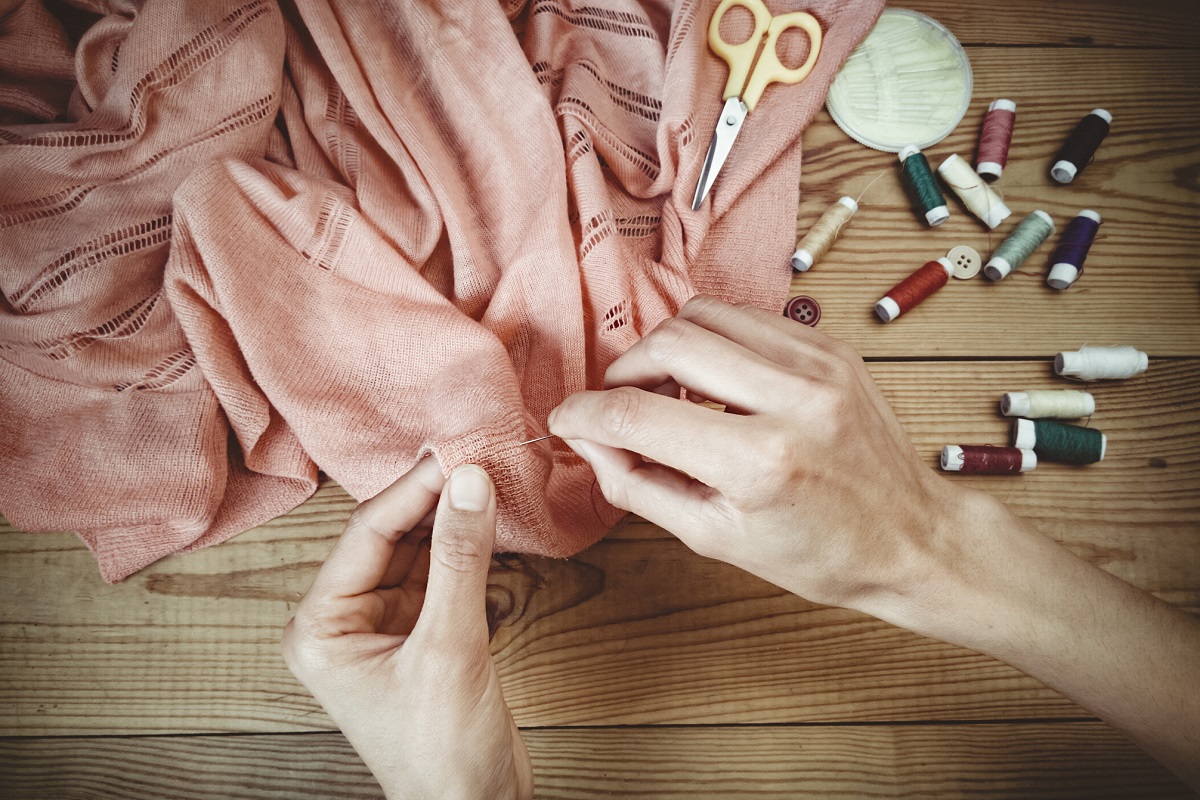Clothing was the norm in the past due to the restricted availability and accessibility of ready-to-wear companies. Ready-made clothing was supposed to be a passing phenomenon that only the wealthy and affluent could purchase due to its high cost and limited use, wearing bespoke clothing was the standard of society. Because of its high cost and restricted use, readymade apparel was thought to be a transitory fad that only the wealthy and affluent could afford.
However, as time passed and machinery and factories were invented, the tides began to turn. Because of the effectiveness of machines and economies of scale, readymade apparel has become much more affordable and accessible. As a result, prepared apparel became a popular choice among the general public, who naturally chose things that were less expensive and more readily available. As a result, at this period, the demand for garments grew focused on the ready-made market.
This seismic shift in customer preferences and demand patterns did not happen overnight or without cause. The readymade clothes suppliers made significant adjustments to their business model even before this transition became apparent. Consumer preference switched from customised to premade garments as a result of the successful implementation of these modifications. The company plans were altered to make them more tailored to the needs and expectations of customers.
Some of the changes that influenced this shift in demand included getting raw materials from neighbouring locations and mass manufacturing in factory units to save money through economies of scale. In addition, the available range of patterns, colours, and sizes was boosted, prices were lowered, and manufacturing processes were sped up to help the market acquire an affection for readymade apparel at a faster rate. As a result of these actions, the clothing market shifted, and prefabricated apparel became the most practical and cost-effective option for clients. As a result, the norm of readymade clothing was established.
As the competitor clothing segment grew in popularity, the bespoke clothes industry began to fade. As a result of the comparatively high pricing and lengthier processing periods that have come to define the bespoke apparel sector, demand has been steadily falling. As a result, tailored clothes went from being a common article of apparel for everyone to a costly segment reserved for the wealthy to wear as a status statement.
The internet era has marked out a comeback for the sector in recent times, after so many disruptions and adjustments. Prices of prepared clothing soared to dizzying heights as fashion and trends changed and designer brands arose. As the prices of premade clothing, particularly designer and trendy items, have risen to levels that are out of reach for the average middle-class individual, the public has once again turned to bespoke clothing to meet its fashion needs. As a result, a great number of people are now able to buy designer things and fits tailored locally at reasonable pricing.
Furthermore, since technology and digitization have advanced around the world, the internet has become a viable choice in the bespoke apparel business. Online selling and purchasing of personalised clothing are viable, simple, and cost-effective, giving this business a new shape. Virtual marketing allows sellers to reach out to a wider audience in order to discover new clients. Sellers may now make their items available across borders within understandable time frames because of the internet and widespread globalisation.
The employment of new-age immersive technologies in customer service has to be the most significant method in which technology has reinforced the market for personalised apparel. Virtual tryouts and sampling have been made feasible by technological improvements, allowing individuals to view and experience what is available. What might a particular design or colour look like on them? Customers may now ‘try on’ bespoke apparel before placing an order, thanks to advances in technology such as augmented reality and virtual reality. 3D Customization Apps and websites are prominent solutions that allow purchasers to take advantage of this option.
This trial option makes the task easier for both buyers and manufacturers by offering consumers a taste of their purchase before they make it and providing manufacturers with detailed information about the desired look and fit of the garment.
In the last few decades, the fashion industry has undergone significant transformations. The balance of demand between bespoke and premade fittings has shifted multiple times in the industry. Prices, market trends, and client preferences have all changed, resulting in these changes. Today’s fashion trends prefer custom-made garments, and they are expected to continue to favour them in the foreseeable future. As a result, the personalised fit is undeniably the future of fashion.
(By Bibhuti Dash, Founder and CEO, Louoj)











